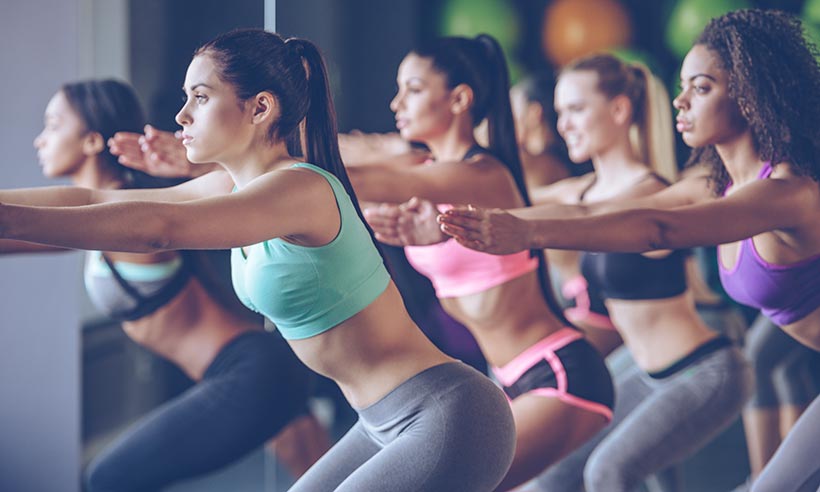When it comes to the great debate between looking good and feeling good, it appears Brits make the pivotal switch at the ripe age of 32.
According to recent findings, over half (58%) of Brits under 25 cited ‘looking good’ as their primary motivation for hitting the gym.
However, this figure nosedives to just 36% for those aged 35-44, who begin to prioritize health and activeness over aesthetics.
It seems the treadmill transforms from a tool for toning to a ticket to longevity somewhere in our mid-thirties.
As we edge into our late twenties, our priorities begin to shift. Over half of people between 25 and 34 (55%) would still prefer to flaunt a slim and toned figure in their holiday snaps rather than train for endurance.
This sentiment resonates more with women (52%) compared to men (39%). However, it’s clear that the allure of a chiselled physique starts to fade as the years tick by.
For those under 25, the gym isn’t just about the gains. It’s a social hub, even surpassing the local pub for some.
About 15% of young gym-goers confess they’re there because their friends are too. On the flip side, the over-55s are clocking in more gym hours than their younger counterparts, averaging 4.8 hours a week—12% more than those under 24. The national average sits at a respectable 4.3 hours.
Exercise won’t just help keep you slim, it’s also an important step to fighting the effects of ageing and improving your mental and physical health.
The below exercises are a simple and effective way of knowing whether you are in good physical condition or whether you need to work on improving movement and your fitness levels.”
In Your 20s…
- Run 5K in thirty minutes
- Perform 20 burpees in a row
- Hold a full plank for one minute each side
The roaring twenties might be a time for late nights, but it’s crucial to aim for seven hours of quality sleep.
Regular exercise, reduced chronic stress, and a balanced diet set the foundation for a healthier future.
In Your 30s…
- Run a mile in less than 9 minutes
- Hold a plank for 45 seconds
- Deadlift more than 50% of your body weight
As the thirties roll in, breaking up sedentary periods becomes vital. Activities like walking during lunch breaks or investing in a standing desk can offset the effects of ageing.
In Your 40s…
- Sprint for 60 seconds without stopping
- 10 press-ups without stopping
- Touch your toes comfortably while keeping your legs straight
The forties demand an active lifestyle, with over 10,000 steps a day being ideal for joint, muscle, and bone health. Avoiding over-reliance on public transport or cars can contribute significantly.
In Your 50s…
- Run at a moderate pace for 60 seconds without stopping
- 5 burpees without stopping
- Lower yourself into a cross-legged sitting position and then return to standing without using your hands
From 50 to 70, we lose about 30% of our muscle strength, making a consistent fitness regime critical. Incorporating daily relaxation helps maintain both physical and mental well-being.
In Your 60s…
- Regularly take more than 10,000 steps a day
- Perform 12 bodyweight squats without stopping
- Touch your fingertips with one hand over your shoulder and the other behind your back
Ageing impairs balance, muscles, and joints, but staying active can mitigate these effects. The Chartered Society of Physiotherapy notes that those over 65 have a 1 in 3 chance of falling, even in good health.
In Your 70s…
- Walk a mile in less than 16 minutes
- Climb a flight of stairs with 10 steps in under 30 seconds comfortably
- Rise from a chair without using hands or arms, repeating 12+ times in 30 seconds
The risk of falls increases in the seventies, making continued physical activity essential. For those new to exercise, starting with small, achievable goals like swimming or daily dog walks is key.
In the grand tapestry of life, it appears that 32 is the magic number when we start valuing health over vanity.
From the bustling gyms of the young to the measured steps of the wise, each age brings its own fitness focus, reminding us that good health truly is the greatest wealth.
